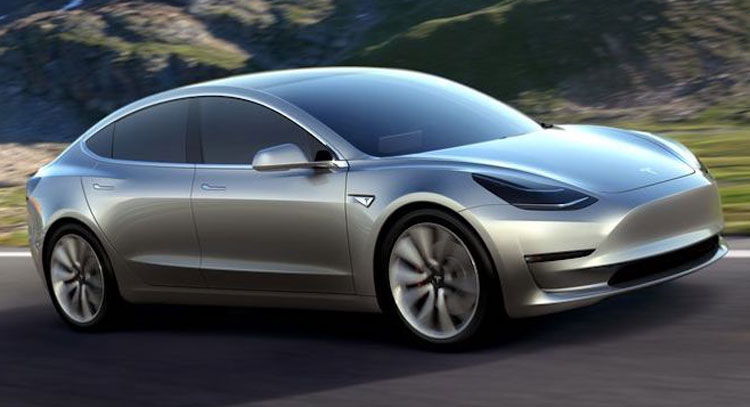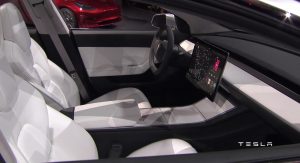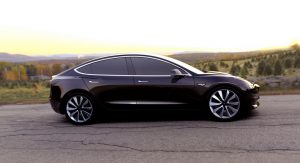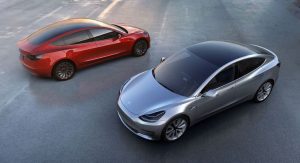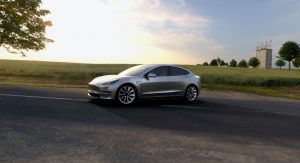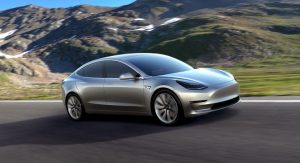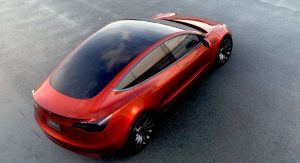The Model 3 represents a new chapter for Tesla, combining a third generation platform with new battery cells manufactured at the company’s Gigafactory in Nevada.
Regarding the Model 3’s powertrain structure, Tesla’s engineers who also worked on the dual motor solution had to go back to the drawing board while developing the new inverter architecture and power semiconductor package.
As opposed to the upcoming tech, current Teslas use a drive inverter with off-the-shelf TO-247 transistor packages to make its powertrains more efficient and powerful. Yet, that’s a technology that dates back to the brand’s very first model, the Roadster.
“We are increasing the current rating (of the inverter) that’s the most tangible thing you see from a performance point of view,” said Tesla CTO JB Straubel, while discussing how the company first went about developing their drive inverter. “Every time we can push up the current in the inverter a little bit, we are able to get a little bit higher motor torque and that translates into a little bit faster 0 to 60 time, more responsive acceleration and those sort of things.”
According to Electrek, a source familiar with the Model 3 program said that the new approach works and the car will develop more than 300kW, very close to the 320kW rear-wheel-drive Model S.
For the Model 3, the automaker started the manufacturing process by using 25% fewer parts, while increasing the current density from a gravimetric as well as a volumetric perspective. This means the “lesser” $35,000 entry-level electric saloon could be almost as fast as the more upmarket, and expensive, Model S.



